WHY TO INVEST IN RELIABILITY, MAINTAINABILITY, AVAILABILITY & SAFETY "RAMS" IN TURBOMACHINERY
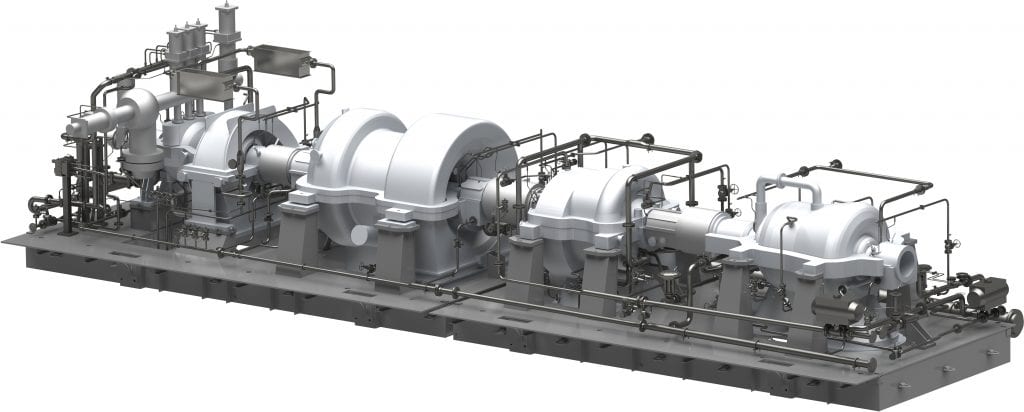
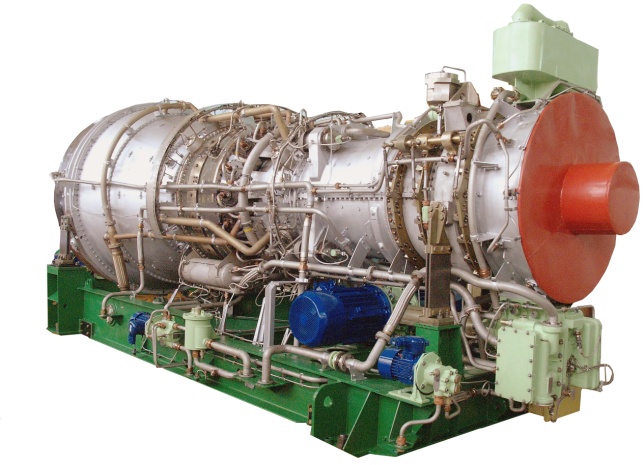
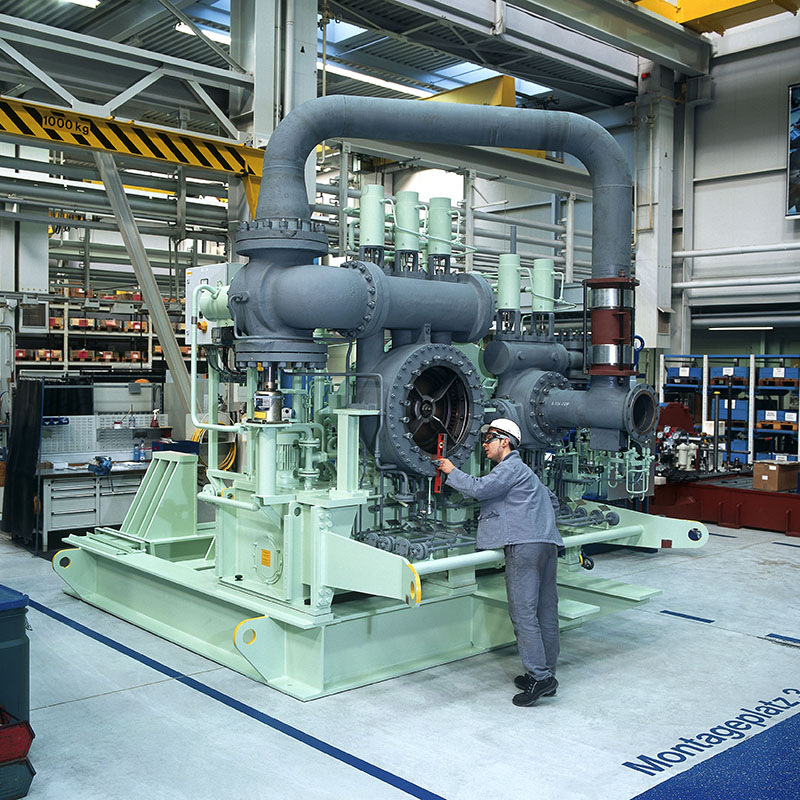
Investing in reliability, maintainability, availability, and safety (RAMS) in turbomachinery is crucial in both existing plants and new projects in the power generation, oil, and gas industries. Here’s an explanation of why it is beneficial to focus on RAMS to achieve low costs, low outages or downtimes, improved performance and efficiency, reduced environmental risks, minimized failures, and critical impacts:
Cost Reduction: a. Maintenance Costs: A reliable turbomachinery system requires fewer repairs and replacements, resulting in lower maintenance costs over its lifespan. b. Downtime Costs: Unplanned outages and downtimes can lead to significant financial losses. By investing in RAMS, the likelihood of unexpected failures and subsequent downtime is minimized, reducing associated costs.
Enhanced Performance and Efficiency: a. Reliability: Reliable turbomachinery ensures consistent and uninterrupted operation, leading to optimized performance and energy efficiency. b. Maintenance Optimization: Maintainable systems allow for efficient maintenance practices, such as condition-based maintenance and predictive maintenance, optimizing the use of resources and minimizing disruptions to operations.
Environmental Risk Reduction: a. Emissions and Spills: Unplanned failures in turbomachinery can result in emissions, leaks, or spills, posing environmental risks and regulatory non-compliance. By focusing on RAMS, the likelihood of such incidents is reduced, promoting environmental protection.
Minimized Failures and Critical Impacts: a. Production Loss: Unplanned outages and failures in turbomachinery can lead to significant production losses. By investing in RAMS, the risk of failures is mitigated, minimizing the impact on production and maintaining revenue generation. b. Equipment Damage: Failures in turbomachinery can cause collateral damage to other equipment or infrastructure. By ensuring reliability and safety, the risk of installation damages and associated costs is reduced.
Extended Equipment Lifespan: a. Reliability and Maintenance: Properly maintaining and ensuring the reliability of turbomachinery extends its operational lifespan, reducing the need for premature equipment replacements and capital expenditures.
Compliance and Reputation: a. Regulatory Compliance: RAMS measures help organizations meet regulatory requirements and industry standards, ensuring compliance and avoiding penalties. b. Reputation and Trust: Demonstrating a commitment to RAMS builds trust with stakeholders, including customers, regulators, and the public, enhancing the organization’s reputation.
In summary, investing in RAMS in turbomachinery offers a range of benefits, including cost reduction, improved performance and efficiency, minimized environmental risks, reduced failures and critical impacts, extended equipment lifespan, and enhanced compliance and reputation. It ensures smooth operations, mitigates risks, and maximizes productivity in the power generation, oil, and gas industries
LIMITATIONS IN ENGINEERING & DESIGN TO INVEST IN "RAMS" IN TURBOMACHINERY
While investing in reliability, maintainability, availability, and safety (RAMS) in turbomachinery in the power generation, oil, and gas industries has numerous benefits, there are also some limitations to consider in engineering and design. Here are some common limitations:
Cost Considerations: a. Initial Investment: Incorporating high-reliability components, redundancy, and safety features in turbomachinery can increase the upfront costs of equipment and systems. b. Retrofitting Challenges: Implementing RAMS measures in existing plants may require retrofitting or modifications, which can be expensive and disruptive.
Space and Weight Constraints: a. Limited Space Availability: Retrofitting existing plants or incorporating RAMS measures in new projects may be challenging due to space limitations. This can limit the implementation of redundant systems or additional safety features. b. Weight Restrictions: Adding redundancy or safety features can increase the weight of the equipment, which may not be feasible in certain applications with weight restrictions, such as offshore installations.
Design Complexity: a. System Complexity: Incorporating RAMS measures can increase the complexity of the design, which may require more sophisticated engineering and control systems. b. Interdependencies: Introducing redundancy and safety features can create interdependencies between different components, requiring careful design and analysis to ensure proper functionality and avoid potential failure modes.
Maintenance and Operational Considerations: a. Maintenance Expertise: Implementing RAMS measures may require specialized knowledge and expertise in maintenance practices, monitoring systems, and troubleshooting procedures. b. Operational Complexity: Certain RAMS measures, such as condition-based maintenance or predictive maintenance, may require advanced monitoring systems and data analysis, which can be complex to implement and maintain.
Compatibility with Existing Infrastructure: a. Compatibility Challenges: In existing plants, integrating new RAMS measures with legacy infrastructure and control systems can pose compatibility challenges and require additional integration efforts.
Uncertainty and Risk Assessment: a. Unknown Failure Modes: Despite thorough risk assessments, it may be challenging to anticipate all potential failure modes and their associated risks, leading to uncertainties in the effectiveness of RAMS measures. b. Uncertain Environmental Factors: Environmental factors, such as extreme weather conditions or unforeseen events, can introduce risks that are difficult to account for in RAMS measures.
While these limitations exist, they should not discourage the implementation of RAMS measures. Instead, they should be carefully considered and addressed through robust engineering, comprehensive risk assessments, and effective project planning. The benefits of improved reliability, maintainability, availability, and safety in turbomachinery, such as reduced costs, improved performance, and minimized critical impacts, often outweigh these limitations.
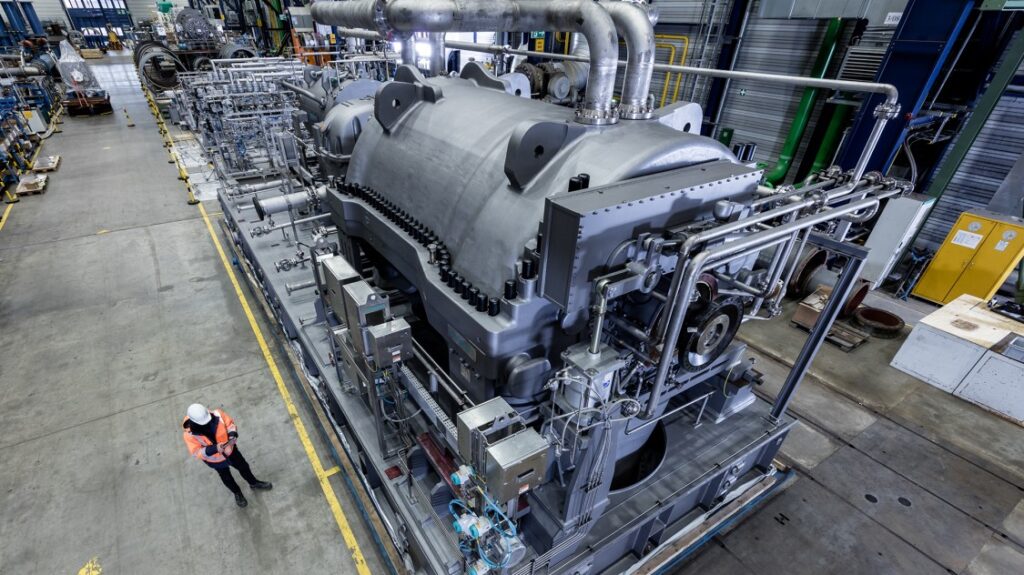
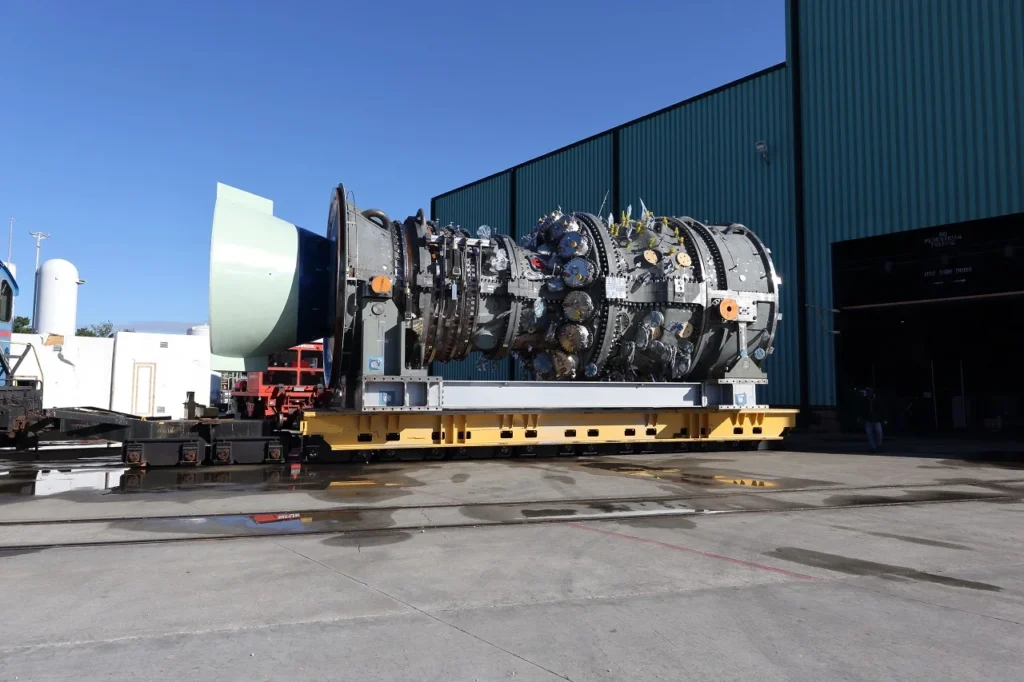
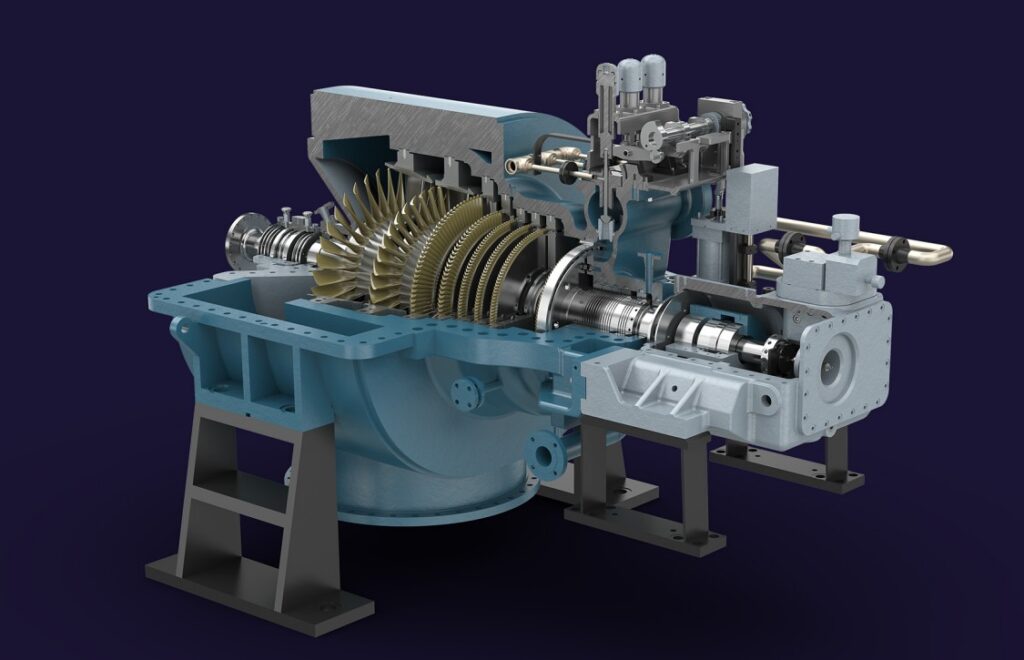
LIMITATIONS IN INSTALLATION, OPERATION & MAINTENANCE TO INVEST IN "RAMS" IN TURBOMACHINERY
When investing in reliability, maintainability, availability, and safety (RAMS) in turbomachinery in the power generation, oil, and gas industries, there are certain limitations that arise during installation, operation, and maintenance. These limitations include:
Installation Challenges: a. Space and Access Constraints: Installing RAMS measures, such as redundancy systems or additional safety features, may be limited by space availability or restricted access within existing plants or confined project sites. b. Integration with Existing Infrastructure: Incorporating RAMS measures into an existing facility may require modifications or retrofits to the infrastructure, which can be challenging and disruptive.
Operational Considerations: a. Operator Training and Familiarity: Implementing RAMS measures may necessitate additional training for operators to ensure they are familiar with new systems, safety protocols, and maintenance procedures. b. Operational Adjustments: RAMS measures may require adjustments to operational practices, procedures, and workflows, which can take time to implement and adapt to.
Maintenance Challenges: a. Maintenance Complexity: RAMS measures can introduce additional complexity to maintenance procedures, requiring specialized skills, tools, and equipment. b. Increased Maintenance Requirements: Implementing RAMS measures may necessitate more frequent inspections, testing, and preventive maintenance activities, which can increase maintenance workload and costs.
Spare Parts and Inventory Management: a. Availability of Spare Parts: Ensuring the availability of spare parts for RAMS measures, especially for older equipment, can be challenging and may require proactive inventory management or reliance on third-party suppliers. b. Inventory Costs: Maintaining an adequate inventory of spare parts for RAMS measures can lead to increased inventory costs and storage requirements.
Maintenance Documentation and Record-Keeping: a. Documentation Management: Implementing RAMS measures may require additional documentation and record-keeping for maintenance activities, inspection reports, and safety compliance, necessitating efficient data management systems. b. Compliance and Audit Requirements: Adhering to regulatory compliance and industry standards for RAMS measures may require thorough documentation and regular audits, adding administrative responsibilities.
Technological Advancements: a. Obsolescence of Equipment: Rapid technological advancements can render certain equipment or systems obsolete, potentially impacting the reliability and availability of RAMS measures in the long term. b. Integration with Legacy Systems: Incorporating new technologies for RAMS measures into existing facilities or infrastructure can be challenging due to compatibility issues with legacy systems.
Despite these limitations, investing in RAMS measures is crucial to achieving low costs, minimizing critical impacts, improving performance and efficiency, reducing environmental risks, and ensuring safety. Proper planning, comprehensive risk assessments, and ongoing monitoring and adaptation can help mitigate these limitations and maximize the benefits of RAMS investments.
WHEN, WHERE, WHAT, WHICH AND HOW TO INVEST IN "RAMS" IN TURBOMACHINERY
To effectively invest in reliability, maintainability, availability, and safety (RAMS) in turbomachinery in the power generation, oil, and gas industries, the following considerations should be taken into account:
WHEN to Invest: a. Existing Plants: Identify opportune moments for upgrades and improvements during scheduled maintenance turnarounds or equipment overhauls. b. New Projects: Incorporate RAMS considerations into the initial design and engineering phase to ensure optimal integration and cost-effectiveness.
WHERE to Invest: a. Critical Components: Focus investments on critical components and systems that have a high impact on reliability, performance, and safety. b. High-Risk Areas: Identify areas of high risk, such as those prone to environmental factors, extreme operating conditions, or frequent failures, and prioritize investments accordingly.
WHAT to Invest In: a. Redundancy: Consider implementing redundancy for critical components to ensure continuous operation even in the event of a failure. b. Safety Systems: Invest in safety instrumented systems (SIS), emergency shutdown systems (ESD), and other safety measures to mitigate risks and protect personnel and equipment. c. Monitoring and Predictive Maintenance: Invest in advanced monitoring systems, real-time data analysis, and predictive maintenance techniques to detect potential failures and schedule maintenance proactively. d. Equipment Upgrades: Consider upgrading outdated or inefficient equipment with modern, more reliable alternatives that align with RAMS objectives. e. Training and Competence: Allocate resources to training programs that enhance the knowledge and skills of operators, maintenance personnel, and emergency response teams.
WHICH Measures to Implement: a. Risk Assessment: Conduct a thorough risk assessment to identify specific vulnerabilities and determine the most critical areas requiring RAMS investments. b. Failure Mode and Effects Analysis (FMEA): Perform FMEA studies to identify potential failure modes and their impacts, allowing for targeted investments in mitigating the highest risks. c. Compliance with Standards: Ensure compliance with relevant industry standards, guidelines, and regulations in the selection and implementation of RAMS measures.
HOW to Implement: a. Collaborative Approach: Involve multidisciplinary teams, including engineers, operators, maintenance personnel, and safety professionals, to develop and implement RAMS strategies. b. Performance Monitoring: Establish a system for continuous performance monitoring, incorporating real-time data analysis and regular inspections to identify deviations and potential issues. c. Documentation and Record-Keeping: Maintain comprehensive documentation of RAMS activities, including maintenance records, inspection reports, and safety compliance documentation. d. Continuous Improvement: Foster a culture of continuous improvement, regularly evaluating the effectiveness of RAMS measures and incorporating feedback and lessons learned into future investments.
By considering the timing, location, specific investments, measures, and implementation strategies, organizations can optimize RAMS investments to achieve low installation, operation, and maintenance costs, minimize downtime and critical impacts, improve performance and efficiency, reduce environmental risks, and ensure the safety of turbomachinery in the power generation, oil, and gas industries.
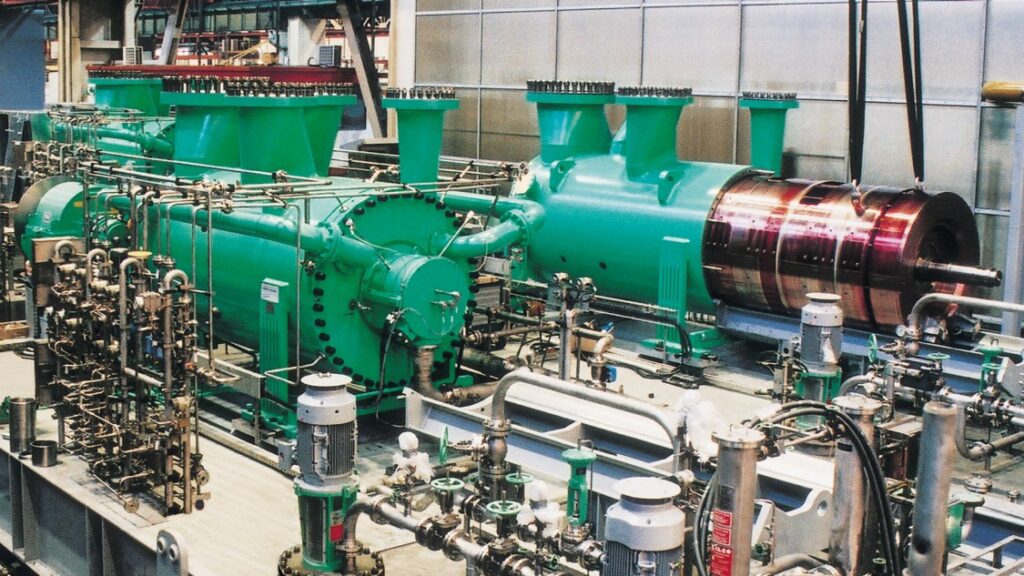
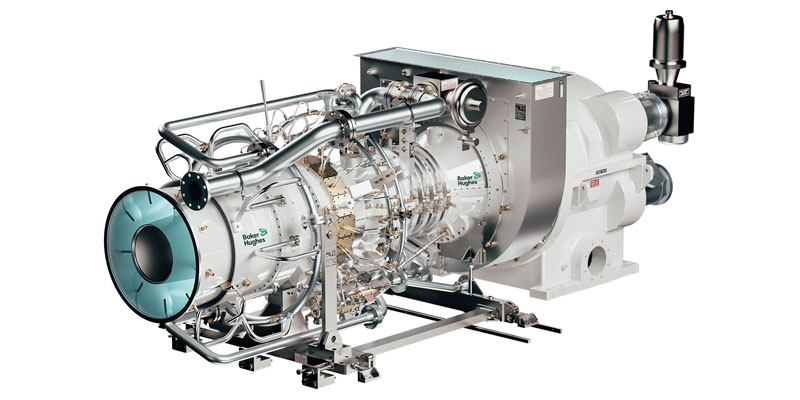
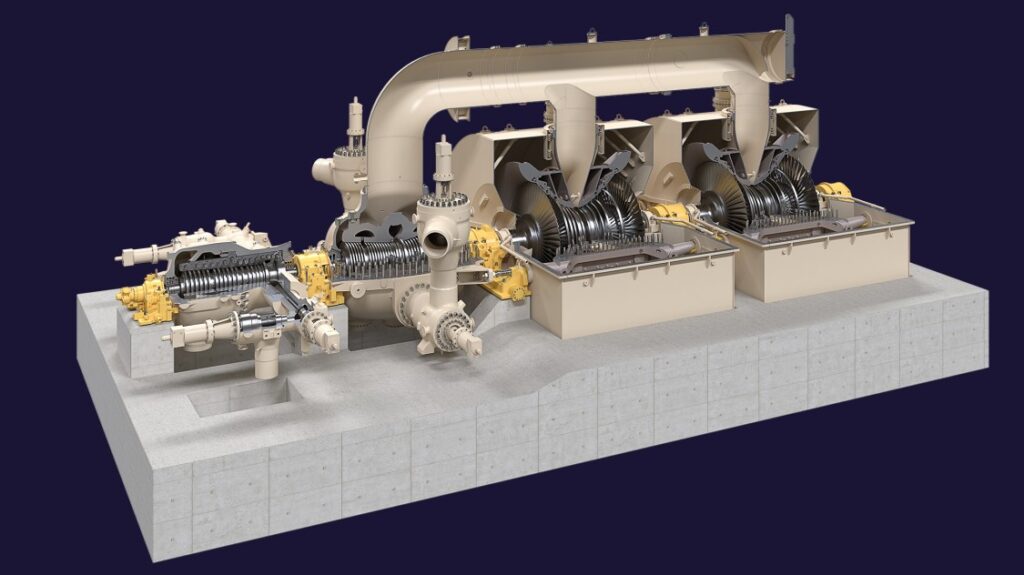
PROCEDURES, ACTIONS, STUDIES, MITIGATIONS, RECOMMENDATIONS TO INVEST IN "RMAS" IN TURBOMACHINERY
To invest in reliability, maintainability, availability, and safety (RAMS) in turbomachinery in the power generation, oil, and gas industries and achieve low installation, operation, and maintenance costs, low outages or downtimes, improved performance and efficiency, reduced environmental risks and failures, and minimized critical impacts, the following procedures, actions, studies, analysis, mitigations, and recommendations can be considered:
- Procedural Steps:
a. Conduct a comprehensive risk assessment: Identify potential risks, failure modes, and their impacts on reliability, safety, and performance. Prioritize the risks based on their severity and likelihood.
b. Develop RAMS strategies: Based on the risk assessment, define specific goals, objectives, and targets for improving reliability, maintainability, availability, and safety. Determine the RAMS measures that align with the identified risks.
c. Implement RAMS measures: Design and implement the selected RAMS measures, considering factors such as redundancy, safety systems, monitoring techniques, and equipment upgrades.
d. Monitor and analyze performance: Continuously monitor the performance of the turbomachinery, collect data, and analyze it to identify trends, deviations, and potential failure patterns.
e. Conduct regular inspections: Perform regular inspections of the turbomachinery to identify any signs of wear, damage, or potential issues that may affect reliability or safety.
f. Implement a proactive maintenance program: Develop a preventive and predictive maintenance program that includes routine inspections, condition-based monitoring, and timely maintenance actions.
g. Continuously improve: Foster a culture of continuous improvement by analyzing failures, incidents, and near misses to identify root causes and implement corrective actions. Incorporate lessons learned into future RAMS investments.
- Actions and Studies:
a. Failure Mode and Effects Analysis (FMEA): Conduct FMEA studies to identify potential failure modes, their causes, and effects. Prioritize actions based on the criticality and severity of failure modes.
b. Reliability-Centered Maintenance (RCM): Utilize RCM methodologies to determine the optimal maintenance strategies for critical equipment, focusing on preventive and predictive maintenance practices.
c. Root Cause Analysis (RCA): Perform RCA investigations to identify the underlying causes of failures or incidents. Implement corrective actions to prevent recurrence.
d. Environmental Impact Assessment: Conduct an environmental impact assessment to identify potential risks and impacts associated with turbomachinery operations. Develop mitigation measures to minimize environmental risks.
e. Safety and Emergency Response Planning: Develop and implement safety protocols, emergency response plans, and training programs to ensure the safety of personnel and effective response in case of emergencies.
- Mitigations and Recommendations:
a. Redundancy and Backup Systems: Implement redundancy and backup systems for critical components to ensure continuous operation in the event of a failure.
b. Condition Monitoring and Predictive Maintenance: Utilize advanced condition monitoring techniques, such as vibration analysis, oil analysis, and thermography, to detect early signs of equipment deterioration and schedule maintenance proactively.
c. Training and Competence Development: Provide comprehensive training programs for operators, maintenance personnel, and emergency response teams to enhance their skills, knowledge, and understanding of RAMS principles.
d. Equipment Upgrades and Modernization: Consider upgrading outdated equipment with newer technologies that offer improved reliability, efficiency, and safety features.
e. Collaborative Partnerships: Collaborate with equipment manufacturers, suppliers, and industry experts to gain insights, access technical support, and stay updated on the latest advancements in RAMS practices.
f. Documentation and Data Management: Establish robust documentation and data management systems to maintain records of maintenance activities, inspections, safety compliance, and performance monitoring.
By following these procedures, taking specific actions, conducting relevant studies and analysis, implementing mitigations, and adhering to recommendations, organizations can invest in RAMS effectively to achieve their goals of low costs, improved performance, reduced environmental risks, and minimized critical impacts in turbomachinery operations.
